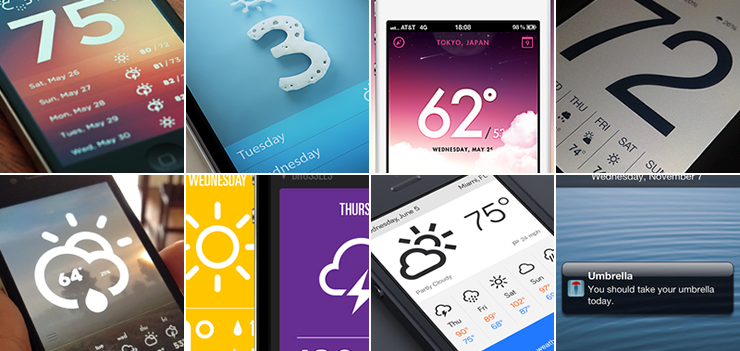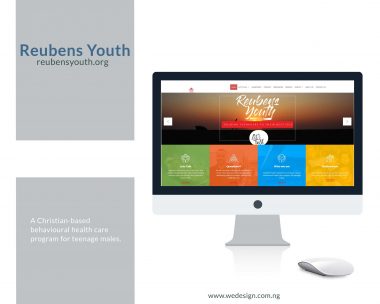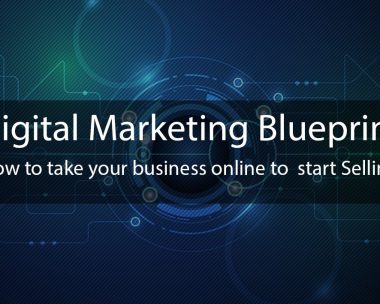Online marketing The Dribbblisation of Design Only one of these weather apps is attempting to solve the real problem

There are divergent things happening in the product and interaction design community. On one hand, we have some amazing pieces of writing from the likes of Ryan Singer and Julie Zhuo, moving our craft forward. On the other hand, we have a growing number of people posting and discussing their work on Dribbble, the aggregated results of which are moving our craft backwards. This post is not about Dribbble itself, it’s about what the community on Dribbble value. I’ll use the term “product design” throughout, but I’m including UX and interaction design when I do.
(Note: This post first appeared on the Inside Intercom blog, where we regularly share our thoughts on design, customer experience, start-ups, and the business of software.)
“Looks Awesome!” How the Dribbble Community Rewards Superficial Work
In the last year I’ve reviewed a lot of product design work from job applicants and I’ve noticed a worrying pattern. Too many designers are designing to impress their peers rather than address real business problems. This has long been a problem in creative advertising (where creative work is often more aligned with winning awards than with primary client business objectives) and it’s becoming more prominent in product and interaction design.
Much of the product design work from job applicants I’ve seen recently has been superficial, created with one eye towards Dribbble. Things that look great but don’t work well. Perfect pixel executions of flat design, but they don’t address real business goals, solve real problems people have every day, or take a full business ecosystem into consideration. Dribbble itself shapes the conversation to some extent, the medium shaping the message, with highlighting of colour palettes and other superficial details prominent in the UI. People look and people emulate. A huge majority of the product design work on Dribbble looks the same. Whether it’s social software, accounting software, a marketing site, a weather app, the same styles are applied. Blur your eyes and try and tell the difference.
Originally Published here.



